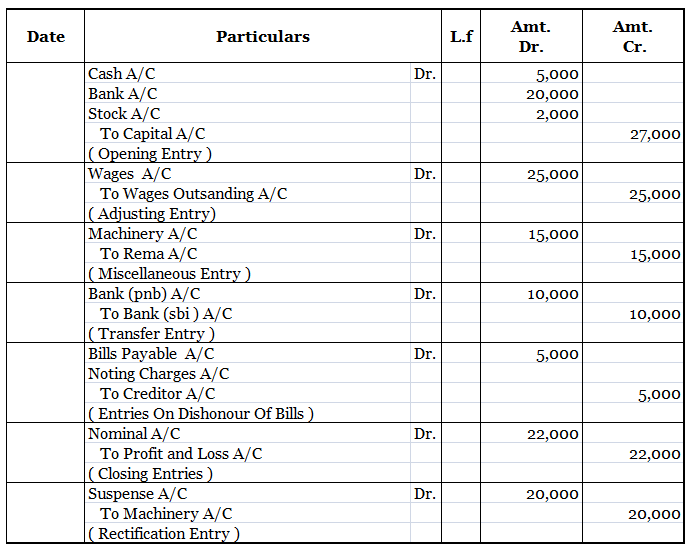Journal entry for commission earned but not received Commission earned but not received is called accrued income. As we know there are two types of accounting, cash basis of accounting, in which the transaction is recorded only when cash is received or paid, and accrual basis of accounting, in whichRead more
Journal entry for commission earned but not received
Commission earned but not received is called accrued income. As we know there are two types of accounting, cash basis of accounting, in which the transaction is recorded only when cash is received or paid, and accrual basis of accounting, in which even if money is yet to be accepted or paid, the transactions are still recorded.
E.g of accrual income- rent earned but not collected, interest on the investment earned but not received, etc.
Journal entry

- The commission that is to be received is debited, indicating the increase in assets whereas, the commission account (which will be giving you the commission) is credited.
- Later on, upon receiving the cash an entry is passed crediting the commission receivable as shown below:

- These are adjusted while making the final accounts for the business.
Simplifying with an example
If the rent earned was $1,000 and it’s yet to be received, we’ll be passing this entry-

When it’s received, this entry is passed

See less




Journal Entry Prepaid Rent A/c Dr. To Cash A/C (Being rent paid in advance) "Prepaid Account" is treated as an asset and as per the modern rules debit the increase in the asset. "Cash Account" is an asset and as per the accounting rules credit the decrease in the asset. Adjustment entry: TheRead more
Journal Entry
Prepaid Rent A/c Dr.
To Cash A/C
(Being rent paid in advance)
“Prepaid Account” is treated as an asset and as per the modern rules debit the increase in the asset.
“Cash Account” is an asset and as per the accounting rules credit the decrease in the asset.
Adjustment entry: The prepaid rent entry has an adjustment entry when the rent expense account is due. The journal entry for that is
Rent Expense A/c
To Prepaid Rent A/c
(Being the rent expense due and adjusted from the prepaid expense)
Example: ABC.Ltd signs a one-year lease on an office floor for Rs 10,000 a month. The landlord requires that the Company pays the annual amount Rs 120,000 at the beginning of the year.
The journal entry for Company would be as follows:
At the beginning
Prepaid Rent A/c – 1,20,000
To Cash A/c – 1,20,000
(Being rent paid in advance for the year)
At the time rent was due (Month 1)
Rent Expense A/c – 10,000
To Prepaid Rent A/c – 10,000
(Being the rent expense due and adjusted from the prepaid expense)
The same entry done in month 1 will be repeated in the next 11 months.
See less